
Who Killed the Princes in the Tower?

The case of who killed the Princes in the Tower is one of the most infamous unsolved crimes in British history. The young princes have captured the imaginations of historians and armchair detectives alike.
What do we know about the Princes in the Tower? Who would be the prime suspect if we applied modern day investigation methods to the case? I aim to do just that, discern the facts of the case, and evaluate each bit of evidence.
Let’s discover who killed the Princes in the Tower.
The Case – Who Killed the Princes in the Tower
First, let’s start with the princes. Who were they? Why were they locked in the Tower of London and what led up to the crime.
Edward V of England
Edward the V was heir to the throne of his father Edward IV. He was legally king of England for a few months in 1483 although he was never crowned.
He was born in 1470, so took the throne aged 13. It was customary for child kings to assume the title under the management of trusted parties. In this case Richard III was entrusted with ensuring Edward V would take his rightful place as king and look after him before he reached the age of maturity.
Richard III would usurp the young Edward V and name himself King of England and Lord of Ireland. To do this he created new legislation known as the Titulus Regius and sent Edward V to the Tower of London.
So it was that Edward V, aged 13, found himself imprisoned in the Tower.
Richard of Shrewsbury, Duke of York
Richard of Shrewsbury was Edward V’s younger brother and would have been next in line to the throne had Edward V died. He was born in 1873 and was imprisoned at the same time as Edward V in the Tower of London.
Although Richard was every part the victim as Edward V, his role was secondary and for the purpose of this investigation, we only really need to consider the motives for killing Edward V.
Richard was aged 10 at the time of his imprisonment.
The Political Situation – After Edward IV’s Death
During the Reign of Edward IV, England was in a state of upheaval and civil war (the War of the Roses).
Edward IV had himself taken the English throne by force from the Henry VI who also died in mysterious circumstances in the Tower of London. After doing away with Henry VI, Edward worked to secure his position as king.
Edward IV managed to put down the various rebellions after the death of Henry VI but the political situation was tense. An ever present threat to his regency was Henry VII (Henry Tudor) the son of Henry VI.
Edward IV’s health declined rapidly and he died sooner than his court had expected him to, creating a power vacuum and a succession crisis. His oldest son being only 13 was not old enough to rule alone.
When you consider the political turmoil of the succession and throw in another claimant to the throne in Henry VII, it is clear Edward V would have had a hard time ascending to the throne irrespective of Richard III.
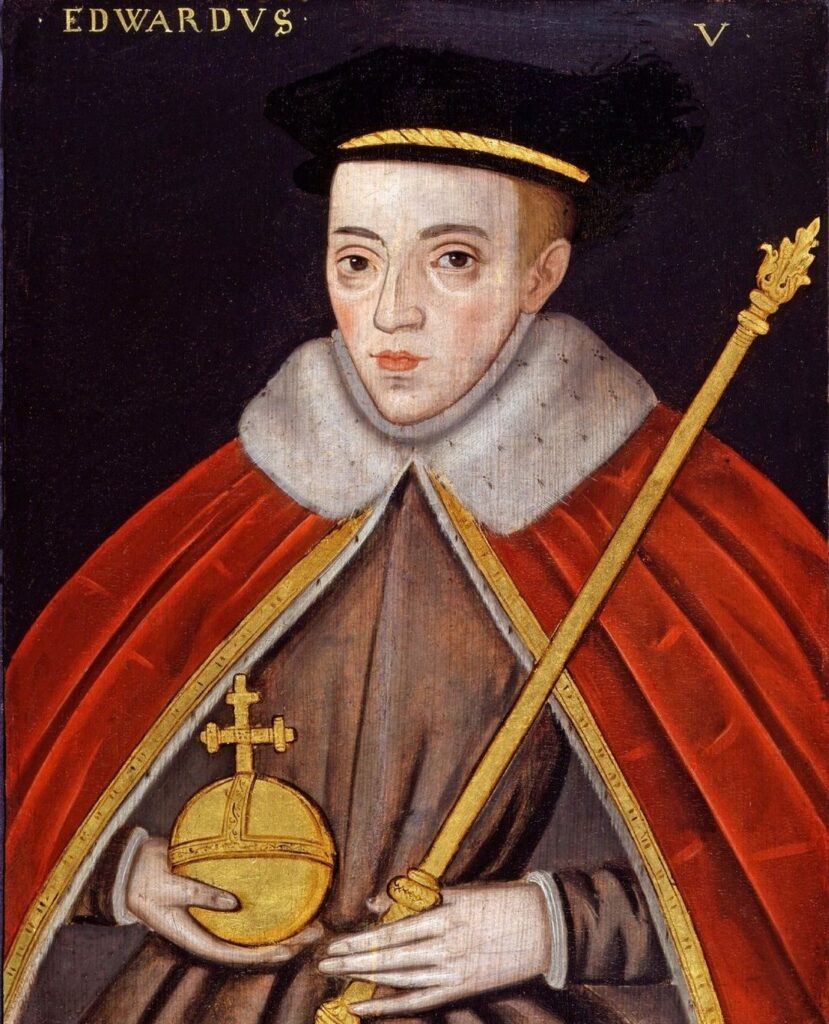
Were the Princes in the Tower Killed?
Once the princes had been imprisoned it is believed they were murdered.
At the very least, the princes disappeared. The last recorded sighting of the princes was in Autumn 1483.
Initially, the princes had experienced a lenient imprisonment and were allowed access to the outer Tower and grounds. They were then confined to the inner Tower until their disappearance.
There is no evidence the princes were killed in the Tower and the old English law would require bodies in order to conclusively say they were murdered.
By modern standards though, an inference of murder can be made without bodies and that would certainly be the case with the Princes in the Tower.
Evidence They Survived
Some years after the princes disappeared, and after Henry VII had taken the throne, two individuals claimed to be Edward the V and Richard of Shrewsbury respectively.
Lambert Simnel as Richard of Shrewsbury
Lambert Simnel was a child used as a patsy for the rebellion of John de la Pole, Earl of Lincoln. The rebellion was put down by Henry VII in 1487.
If this had been the real Edward, he would have been 17 at the time of this rebellion.
We know from sources that Lambert Simnel was aged about 10 during this rebellion and Henry VII pardoned his role in the uprising due to his tender years. Had he been the real Edward, the age of 17 would not be considered tender years, nor would he pardoned for rebellion.
Lambert Simnel was kept by Henry VII in the royal household, first as a kitchen worker and in adult life as a falconer.
Perkin Warbeck as Richard of Shrewsbury
Warbeck claimed to be Richard of Shrewsbury and his story is slightly more interesting as it gives us a few clues for our investigation.
Like Simnel, Warbeck was the figurehead of a rebellion, but unlike Simnel, Warbeck was fully complicit.
Warbeck invaded England from abroad claiming to have survived the tower where his ‘brother’ had been murdered by persons unknown.
His various attempts at taking the throne from Henry VII failed and like Simnel he was forgiven by Henry VII after admitting he was an imposter. He did find himself in the Tower of London before being released to the Royal Court. He tried to escape and was imprisoned once more and this time hanged.
Henry VII displayed a number of behaviours during both rebellions that help us with our investigation. First, he publicly claimed both Warbeck and Simnel were not the Princes in the Tower – we can at minimum infer he knew the princes were in fact dead.
He also put on displays of compassion, aiming to reconcile both pretenders into his own court.
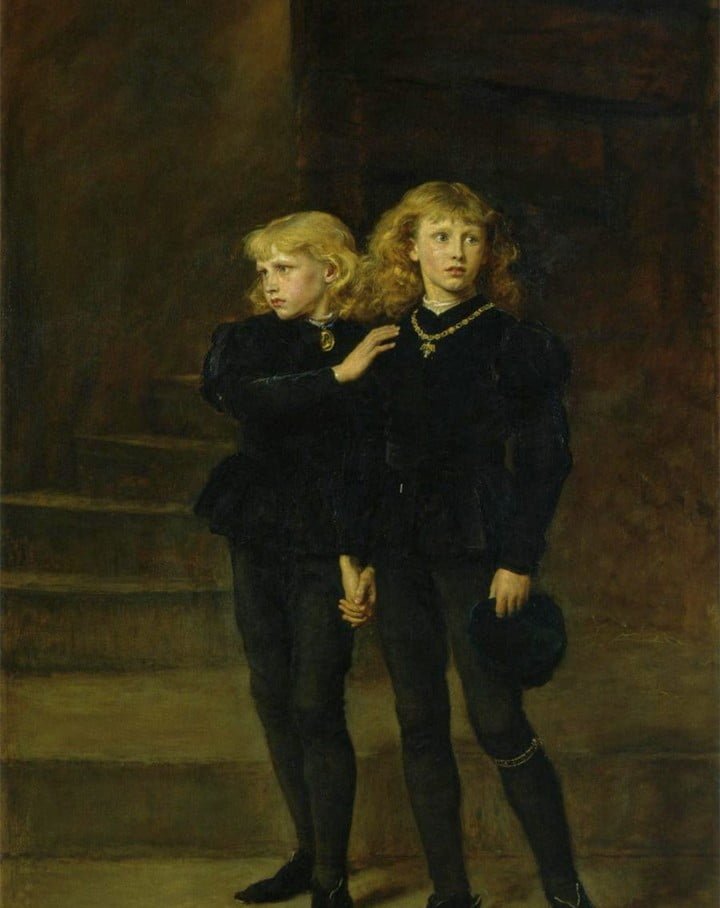
The Suspects – Who Killed the Princes in the Tower
We have two clear suspects already, Richard III who imprisoned the princes and Henry VII. There are also a few others. Most historians believe the two primary suspects for killing the Princes in the Tower are Richard III and Henry VII.
Richard III
Richard III is given a rough time by historians, mainly because the resources they have were written by people allied to Henry VII. It is true the victor gets to write the history.
We know Richard III imprisoned both princes so it stands to reason he killed them. Except, imprisoning and murdering are two very different acts.
A modern investigation would build up a profile of the killer. Let’s look at the profile of Richard III so we can understand who he was, what his motives were and whether he was likely to have killed his nephews.
Who Was Richard III?
Richard was the younger brother of Edward IV and had been actively involved in securing his brother on the throne and fighting in the War of the Roses.
Richard had opportunity to rebel against Edward IV. His older brother George rebelled alongside the Earl of Warwick to overthrow Edward IV. Richard remained steadfast to his brother and king, even being temporarily exiled with Edward IV.
Richard was also a fighting man. Over the course of his life he took part in various battles and unlike other commanders, got involved with the actual fighting. Most commanders would hold back on an elevated position to oversee the battle, whereas Richard would fight alongside his men.
Richard’s personal guard and men at arms within his household were often killed in battle, further supporting the accounts of Richard as a warrior.
Death of Edward IV and Role as Edward V’s Protector
When Edward IV died, Richard assumed the role of Lord Protector of Edward V. Aside from the looming threat of Henry VII, there was political infighting within Edward IV’s court.
This meant, almost immediately, Edward V was under threat from those vying for power.
Richard III trusted Henry Stafford Duke of Buckingham and together they tried to sure up Edward V as king. Under Stafford’s advice, Richard moved the Edward V to the Tower of London.
Did Richard Actually Imprison Edward V?
A common misconception is the Tower of London served only as a prison. In truth, many kings had stayed at the Tower of London which boasted secure and comfortable royal quarters. It was customary for kings to stay at the Tower prior to their coronation.
In moving Edward V to the Tower of London, Richard was keeping him safe within the confines of a secure castle while also keeping him comfortable. He was also keeping the custom of preparing a king for coronation.
Initially at least, it is fair to say Richard III intended for Edward V to be crowned.
While Edward V was in the Tower
Further supporting this, Richard III didn’t take up a royal residence. Instead, he opted to move to Crosby Hall. It was by no means drab accommodation and was luxurious enough for a king, but it wasn’t a royal residence (though it would briefly become one).
At this point Richard of Shrewsbury was not yet in the Tower of London. Richard was finding his role as protector difficult because other parties were moving against him personally. Notably, the Dowager Queen Elizabeth Woodville.
After Richard III put down a small internal rebellion by executing and arresting conspirators, he requested Elizabeth Woodville hand over Richard of Shrewsbury so he could attend Edward V’s coronation.
That is how Richard of Shrewsbury came to be in the Tower of London – and again initially, not as a prisoner, rather he was a guest at the request of his brother.
Richard III as King of England – Who Killed the Princes in the Tower?
At this time a bishop told Richard III of a problem with Edward IV’s heirs. Elizabeth Woodville, the bishop claimed was illegitimately married to Edward IV because the King had previously been contracted to marry Lady Eleanor Talbot.
This would mean Edward V was not heir to the throne and Richard III would become heir. We know the story beyond this point, Richard III became king and the princes vanished mysteriously.
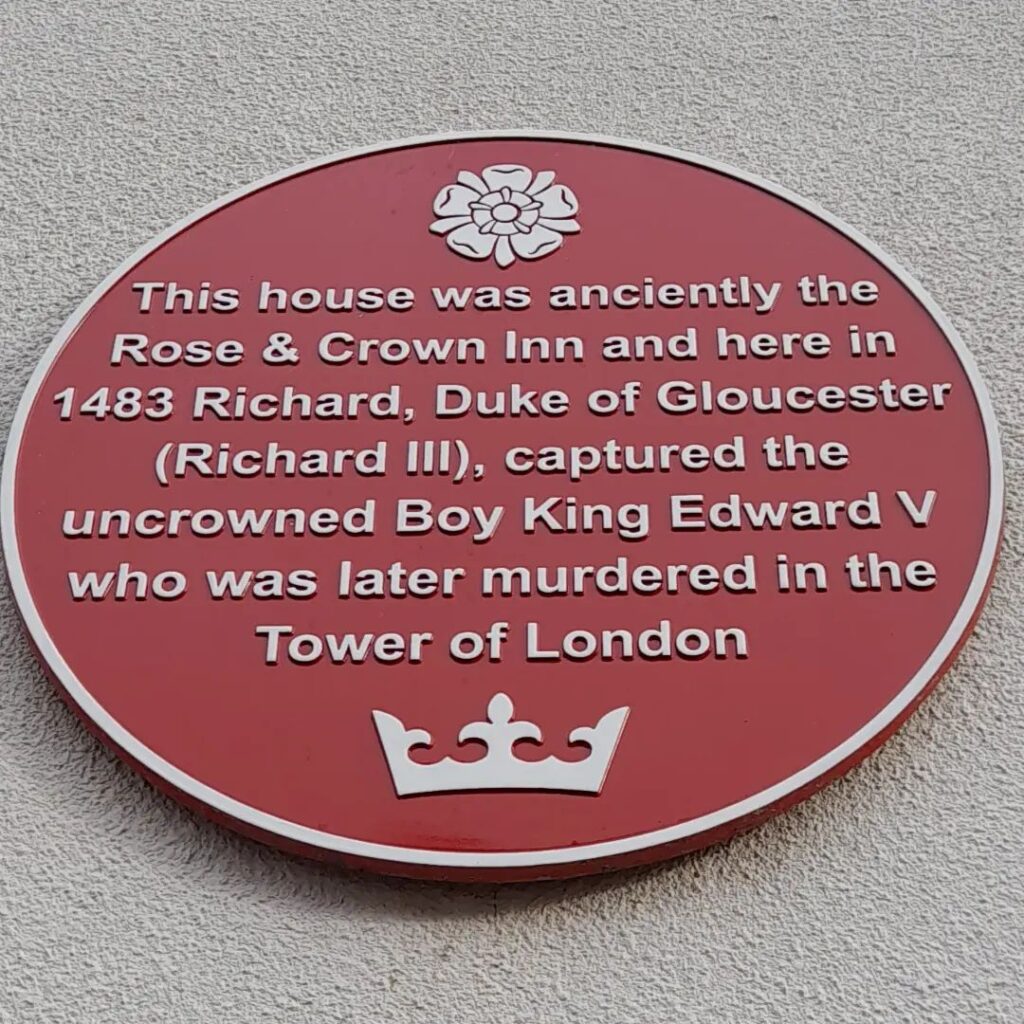
Evaluating the Evidence Against Richard III
There are numerous bits of evidence that Richard III murdered his nephews. Unfortunately, much of these come from long after Richard III was dead.
What we have of Richard III’s complicity in the murders is circumstantial evidence:
- He sent both princes to live/be imprisoned in the Tower of London.
- He took the throne for himself instead of Edward V.
- He was worried about bad actors moving against him and had experienced this before.
- Having Edward V murdered would stop future claims to the throne.
The case against Richard is very weak and in a modern court, there would be more than enough reasonable doubt for him to walk free.
The circumstantial evidence itself is very weak.
From the outset, he never intended to imprison the princes. Edward V was moved to the Tower for safe keeping and there appeared every intention to have him crowned. In his dispute with the Woodvilles, it wasn’t a dispute about Richard usurping Edward V, it was a dispute about Richard having power while Edward came of age.
You wouldn’t put yourself through a dispute about your role as Lord Protector if you could simply install yourself as king instead. Upon the death of Edward IV, Richard had enough loyal men and political power to forcefully take the throne at this time had he wished to.
The Evidence Points Away from Richard III
This is important because we have to remember Richard wasn’t able to secure his legacy. He couldn’t defend himself in print and despite highly unfavourable commentary from chroniclers under Henry VII, there is evidence Richard III didn’t kill the princes.
There is a time when I think everyone would agree, the Princes went from guests at the Tower to prisoners. That time occurred when Richard himself had been crowned. The princes were seen after the coronation, which begs a few very big questions.
- Why would Richard murder them when he could keep them imprisoned indefinitely?
- The public clearly had no problem Richard taking the throne and the princes being in the Tower of London – so why kill them?
The Character of Richard III Doesn’t Fit the Crime
The chroniclers of Edward IV present a picture of Richard III that is a far cry from the depiction of Henry VII’s chroniclers.
While we have to accept both are biased – we can evidence the character of Richard III better with Edward IV’s accounts. This is because other contemporary writers, especially those chronicling battles support his viewpoint.
We know Richard III was a formidable warrior and a capable military commander. He was more than happy to face down his enemies on the battlefield and get entrenched with his men and fight amongst them.
Richard III is without question a brave man. So how do we marry that with the cowardice of murdering two children?
When Richard III dealt with challenges to his power primarily on the battlefield and when he dealt with challenges off the battlefield, he wasn’t keen to execute nobility – no less the heir to the throne and his nephew. In fact, we know he chose to arrest nobility and even reconciled the highly problematic Elizabeth Woodville with his court.
Hardly the acts of a man so fragile that the mere thought of a power grab lent him to murderous action.
Richard III – Not Guilty of Killing the Princes in the Tower
The circumstantial evidence isn’t convincing enough despite Henry VII doing all he could to point the finger at Richard III. The fact there isn’t a more damning or compelling case against Richard III is surprising.
In a modern court he would be acquitted. The circumstantial evidence tangentially links him to the murders and his character evidence is strong enough to give him the benefit of the doubt. Unfortunate timing puts him in the crosshairs of suspicion and very little more.
You might contend he had the means and access to murder the princes, but this is the case at any point after his brother’s death and had he wanted to, he could have killed them – so why keep them alive at all?
Lastly, the report to the French court at the time of a bishop informing Richard III of the princes illegitimacy doesn’t paint a man on a power grab. We must take this report at face value that Richard was informed he was the rightful heir and he secured power quickly to stop England falling into civil war again.
The French record didn’t suggest Richard III had falsified the statement for gain and paints the bishop in a negative light rather than Richard III. We must remember the relationship with France was not good, so this wasn’t a favourable source.
Henry VII – Who Killed the Princes in the Tower?
More likely for the murder of the Princes in the Tower is Henry VII. We know two things for a fact:
- Henry VII was certain the princes had been killed.
- Henry VII had more motive to kill them than Richard III.
Let’s give Henry VII the benefit of the doubt and find out more about him.
Who Was Henry VII?
Henry VII was born in Wales. Throughout his youth and adolescence he was either in exile or escaping the clutches of the English as he was a claimant to the English throne.
When Edward IV died, Henry was put in line to claim the throne but had little manoeuvrability with Edward V being the legitimate heir. When news reached him of Richard III’s ascension to the throne, he felt he had as much claim as he possibly could to the throne and with the help of Richard III’s once-confidant Henry Stafford, Duke of Buckingham, invaded England.
Richard III commanded a lot of respect militarily and Henry VII quickly realised he would fail in his attempt unless he cut Richard III off and stopped him reinforcing his army.
This led to the fateful Battle of Bosworth Field in 1485.
The Battle of Bosworth Field
Richard III found himself abandoned on multiple fronts during the Battle of Bosworth and betrayed by forces who had pledged allegiance to him.
This played out in real time and Richard III seeing Henry VII’s standard in the reserve guard charged at them. Henry VII’s guard were no match for Richard III’s charge and were pushed back. Both units finding themselves on increasing boggy terrain.
Henry displayed cowardice at this charge, instead of leading his men to face Richard III, he abdicated his command to the Earl of Oxford and retreated to the back of the fighting with his personal protection closely surrounding him.
With a final betrayal Sir William Stanley sent his forces against the King and Richard III found himself surrounded and was killed.
Claiming the Throne – Who Killed the Princes in the Tower?
When Henry VII claimed the throne of England he did so in an unusual way. It is potentially a clue the princes were still alive at this point, albeit securely imprisoned in the Tower of London by Richard III.
Instead of claiming the throne by birth right he claimed the throne by conquest.
This is very interesting because Henry VII was positioning himself as a king without recourse from other claimants. If the princes had in fact been murdered by Richard III, with the death of Richard III, there were no other legitimate claimants to the throne.
So why was Henry VII worried about claimants to the throne? You see, by claiming the kingdom by conquest it invalidates birth right claims because the conquest supersedes the losing sides claim to the throne.
This was to be one of many odd things Henry VII did that point to his complicity with the murder of the princes.
The Treatment of Richard III by Henry VII
To the victor the spoils, and the ability to paint your defeated foe however you want. Henry VII was a petty man in this respect.
William the Conqueror (the previous King by Conquest) afforded Harold a proper and respectful burial. Henry VII degraded Richard III in death, first stripping the King naked and tying him to a horse and then publicly displaying the corpse before putting him in an unmarked tomb.
Henry VII would then proceed to slander Richard III in any way he could. From exaggerated details of Henry VII’s triumph over Richard to the late king being responsible for murdering his nephews. And it didn’t stop there, Henry VII went out of his way to depict Richard was deformed with one withered arm and various other deformities.
After finding the body of Richard III, we now know these are false. Which leaves us with a picture of Henry VII far removed from how he portrayed himself.
Perhaps this deep insecurity drove him to claim his Kingdom by Conquest – to legitimise himself for vanquishing a King who had a good level of military prowess.
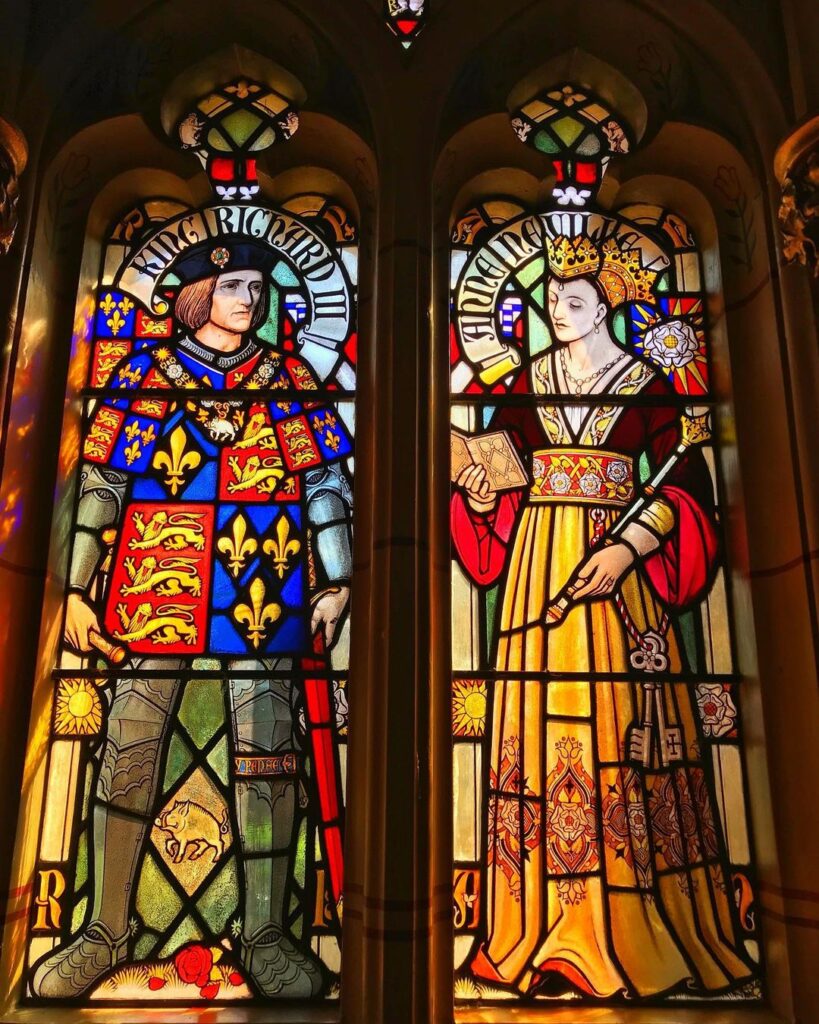
Re-Inheriting Edward V – Who Killed the Princes in the Tower?
When Richard III was alive, he signed a declaration that disinherited Edward V and Richard of Shrewsbury due to the illegitimate marriage. The only reason a King would do this is to cement their claim to the throne and prevent others having a claim. The key fact here is the people Richard III was disinheriting would need to be alive.
There is zero utility disinheriting people you know to be dead.
Conversely, when Henry VII attained the throne, he re-inherited the princes by reversing the declaration Richard III had put in place. As a King it is incredibly risky restoring another claimant line to your throne.
The only reason he would do this at such a tumultuous time was if he knew they were dead. This once again points soundly to Richard III being innocent of the murders and puts Henry VII squarely in the frame.
Henry VII Possibly Inherited the Princes in the Tower Problem
Richard III kept the princes imprisoned after his ascension to the throne, deciding what to do with them or hoping he could reconcile them at a later point with his court.
Much is made of the fact the Princes weren’t seen publicly after Richard III took the throne but this wouldn’t be untoward for two reasons.
- Public displays of the princes may have bought dissent and stoked uprisings,
- The Woodvilles weren’t popular in London and there was probably little interest in the princes.
It is entirely plausible that Henry VII inherited the Princes in the Tower alongside the throne. Henry VII was extremely insecure about his position as King and having two claimants locked in a tower would have posed a big issue for him.
Unlike Richard, he wasn’t in a position to reconcile them into his court because the hereditary claim they had to the throne was stronger than his. He also couldn’t risk keeping them indefinitely in the tower in case an uprising occurred and the Princes were sprung free.
Henry VII – Character Fits the Crime
Murdering two defenceless princes in the Tower of London is a cowardly act.
Henry VII had displayed cowardice throughout his life, and leopards don’t change their spots. In early life he spent his time running away from the English, and at the Battle of Bosworth he retreated to the back of his men and surrounded himself with guards.
Henry VII was without question a frightened man. This insecurity permeated every aspect of his life, and he was known to strip his nobles of land and hoard wealth for fear he would be impoverished or usurped.
Of all the suspects, Henry VII’s character fits the crime of the murder.
In a modern court, with the body of evidence presented there would be enough circumstantial evidence to convict Henry VII beyond a reasonable doubt. And this is despite his attempts to point the blame at Richard III.
Other Suspects – Who Killed the Princes in the Tower?
Finally, there are other suspects who may have been culpable in the murder. The most prominent is Henry Stafford the 2nd Duke of Buckingham.
Henry Stafford, 2nd Duke of Buckingham as a Suspect
Henry Stafford enjoyed the close ear of Richard III and for short period when Richard III was king the two were inseparable.
Stafford was executed in November 1483 by Richard III after rebelling against the King. For him to have committed the murders, we have to believe the Princes were dead before this date.
As outlined in the article, there is no evidence this is the case and there is plenty of evidence they survived beyond this date, into the reign of Henry VII.
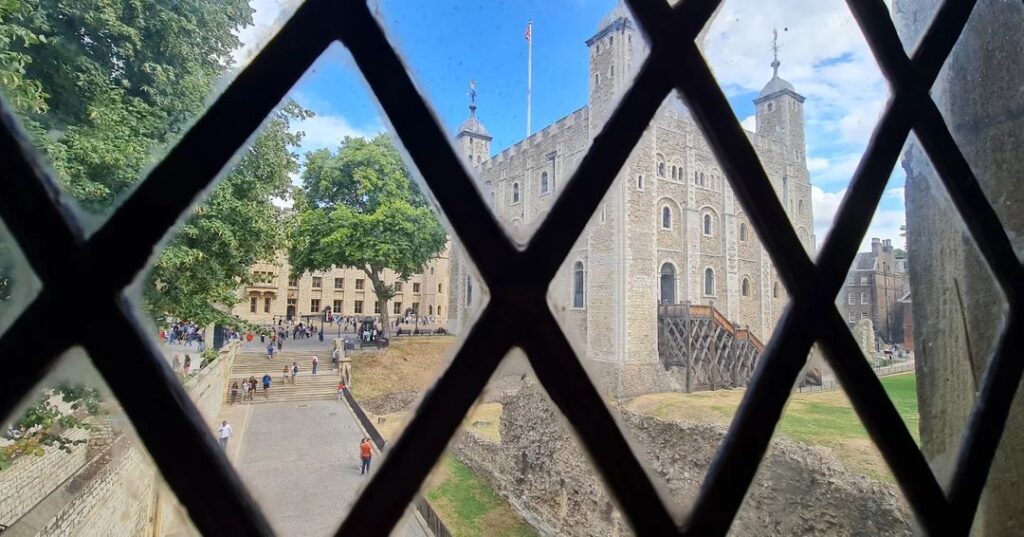
Verdict – Who Killed the Princes in the Tower?
There are only two real suspects in this case, Richard III or Henry VII. The reason for this is because access to the Tower of London could only be granted by either of these two men.
It is possible Henry Stafford or another nobleman acted on the request of Richard III and was granted access. Richard III’s actions don’t tally with the princes being dead and this is important.
You don’t take unnecessary action to remedy a problem if the problem doesn’t exist.
Henry VII took actions that are counterintuitive if the princes were alive. This for me answers the question of who killed the Princes in the Tower. Without question, Henry VII didn’t commit the act himself, his cowardice would have compelled him to send men in the dead of night and murder the boys.
His later actions of bringing pretenders into his court and treating them well could well be his guilty conscience talking. Perhaps he believed if he forgave those pretending to be the princes, he would find penance for their murder by his orders.
It is a real shame history hasn’t been kind to Richard III, he only ruled for a short period but he did so with a sense of duty and responsibility that was uncommon for kings at the time. He was also a strong and courageous warrior, brutally cut down in battle by those who had betrayed him while his enemy who he wished to fight one on one cowered away.
We look back with rose-tinted glasses at the Tudor era, often forgetting it came about because a weaselly little man snatched power and protected it at all costs – even the lives of two helpless princes.
Henry VII’s legacy is one of shame. It’s about time historians started recognising this.